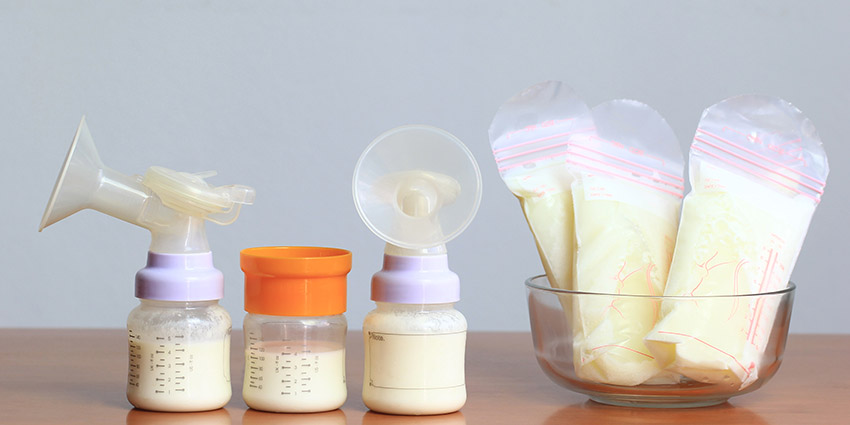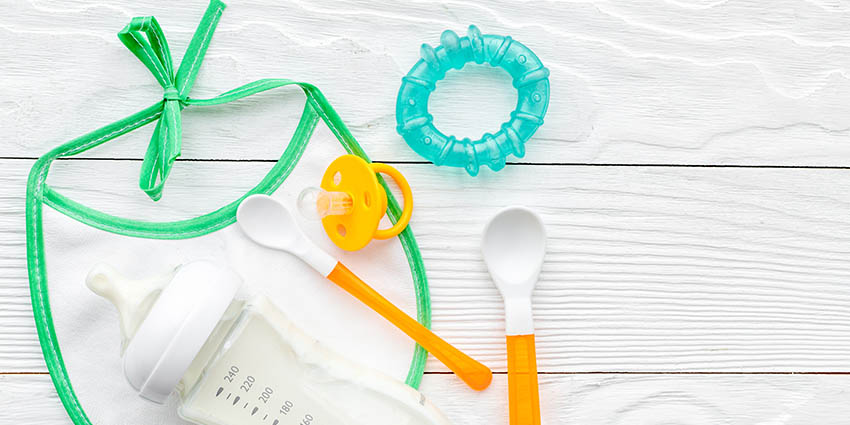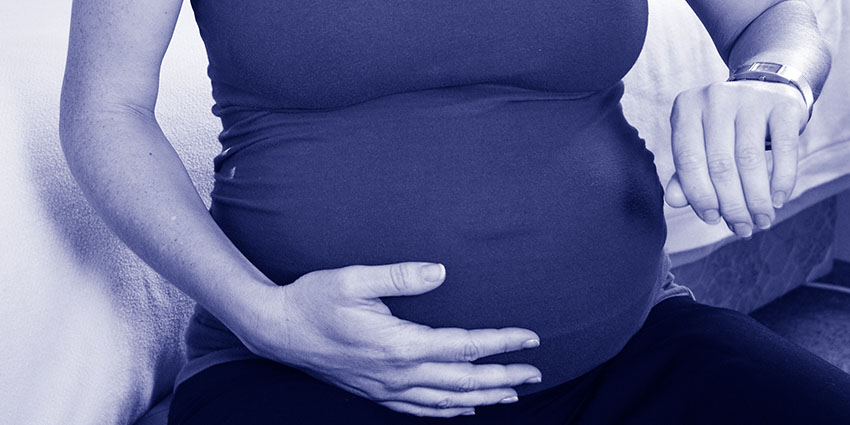If you are returning to work after the birth of your baby, simply want to let others feed your baby, or will be away from you baby for more than a couple of hours, you will want to pump and store breastmilk. Hand held pumps can work but usually do not release as much as the electric breast pumps which can be quite expensive.
The good news is that most insurance companies will cover the cost of an electric breast pump as of the writing of this article. You simply have to let your physician or midwife know and their office can order it for you and have it delivered to your home. If you do not get this done, you can temporarily rent a pump until yours is delivered.
All the instructions will come with a pump, but it is a good idea to open it up, read everything and clean the parts that will come in contact with the breast milk so that it is ready to use when you bring your baby home. You might even consider bringing it with you to the hospital or birth center so that the nurses or lactation consultant can help you get started.
At first you can expect to only get very small amounts of breastmilk when you pump because the signal to the brain that causes a let down reflex is not the same as when you have your baby on the breast. Hang in there and keep trying because eventually your body will figure it out and you can pump several ounces at a sitting from both breasts.
Once you have collected breastmilk you will need to store it in a refrigerator or freezer to be used later when needed. Below is a chart on storage times that are safe.
| Guide to storing fresh breastmilk for use with healthy, full-term babies | |||
|---|---|---|---|
| Place | Temperature | How long | Things to know |
| Countertop, table | Room temperature (up to 77°F) | Up to 4 hours | Containers should be covered and kept as cool as possible. Covering the container with a clean cool towel may keep milk cooler. Throw out any leftover milk within 2 hours after the baby is finished feeding. |
| Refrigerator | 40°F | Up to 4 days | Store milk in the back of the refrigerator. When at work, it’s OK to put breastmilk in a shared refrigerator. Be sure to label the container clearly. |
| Freezer | 0°F or colder | Within 6 months is best. Up to 12 months is acceptable | Store milk toward the back of the freezer where the temperature is most constant. Milk stored at 0°F or colder is safe for longer durations, but the quality of the milk might not be as high. |
Source: Adapted from 7th Edition American Academy of Pediatrics (AAP) Pediatric Nutrition Handbook (2014); 2nd Edition AAP/American College of Obstetricians and Gynecologists (ACOG) Breastfeeding Handbook for Physicians (2014); Academy of Breastfeeding Medicine (ABM) Clinical Protocol #8 Human Milk Storage Information for Home Use for Full-Term Infants (2017); CDC Human Milk Storage Guidelines (2018).
Related Posts








